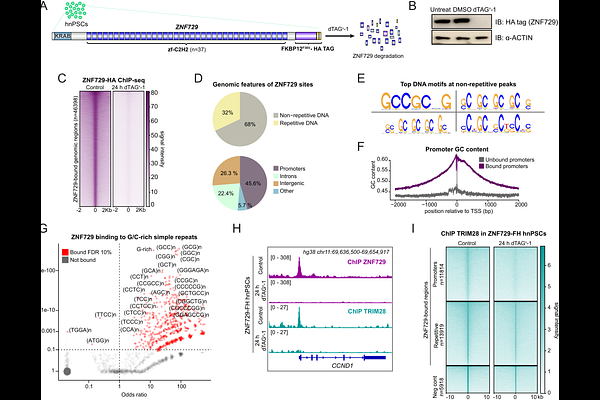A human-specific regulatory mechanism revealed in a preimplantation model

A human-specific regulatory mechanism revealed in a preimplantation model
Fueyo, R.; Wang, S.; Crocker, O. J.; Swigut, T.; Nakauchi, H.; Wysocka, J.
AbstractStem cell-based human embryo models offer a unique opportunity for functional studies of the human-specific features of development. Here, we genetically and epigenetically manipulate human blastoids, a 3D embryo model of the blastocyst, to investigate the functional impact of HERVK LTR5Hs, a hominoid-specific endogenous retrovirus, on preimplantation development. We uncover a pervasive cis-regulatory contribution of LTR5Hs elements to the hominoid-specific diversification of the blastoids epiblast transcriptome. Many of the nearly 700 LTR5Hs genomic insertions in the human genome are unique to our own species. We show that at least one such human-specific LTR5Hs element is essential for the blastoid-forming potential via enhancing expression of the primate-specific ZNF729 gene, encoding a KRAB zinc finger protein. ZNF729 binds G/C-rich sequences, extremely abundant at gene promoters associated with basic cellular functions, such cell proliferation and metabolism. Surprisingly, despite mediating recruitment of TRIM28, at many of these promoters ZNF729 acts as a transcriptional activator. Together, our results illustrate how recently emerged transposable elements and genes can confer developmentally essential functions in humans.